Firefighting 101: How to Use A Fire Extinguisher
When we think of firefighters, the image that often comes to mind is of brave individuals rushing into blazing buildings, risking their lives to save others. But there’s so much more to their role than just battling flames.
One of the lesser-known but equally vital aspects of their job involves educating the public about fire safety. This includes teaching us the importance of safety knots in saving lives during rescue operations and ensuring we know how to use a fire extinguisher properly.
Understanding Fire Extinguishers: Not Just a Tool, but a Lifesaver

Fire extinguishers are more than just tools hanging on our walls or tucked away in a corner. They are potential lifesavers, ready to be deployed in those crucial first moments when a fire breaks out. But, do you know how to use one effectively? Here’s what you need to know:
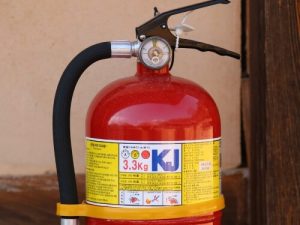
- Different Types of Fire Extinguishers and Their Uses: Fire extinguishers come in various types, each designed to tackle specific kinds of fires. For instance:
- Class A: For fires fueled by solid combustibles like wood, paper, and cloth.
- Class B: Designed for flammable liquids such as oil and gasoline.
- Class C: Ideal for fires involving electrical equipment.
- Class K: Specifically for fires caused by cooking oils, animal fats, and vegetable fats.
- The Significance of Fire Extinguisher Labels: Ever noticed the labels on fire extinguishers? They’re not just for show. These labels provide vital information about the extinguisher’s capabilities and the types of fires it’s designed to combat. So, the next time you pass by a fire extinguisher, take a moment to familiarize yourself with its label. It could make all the difference in an emergency.
The Basics of Using a Fire Extinguisher
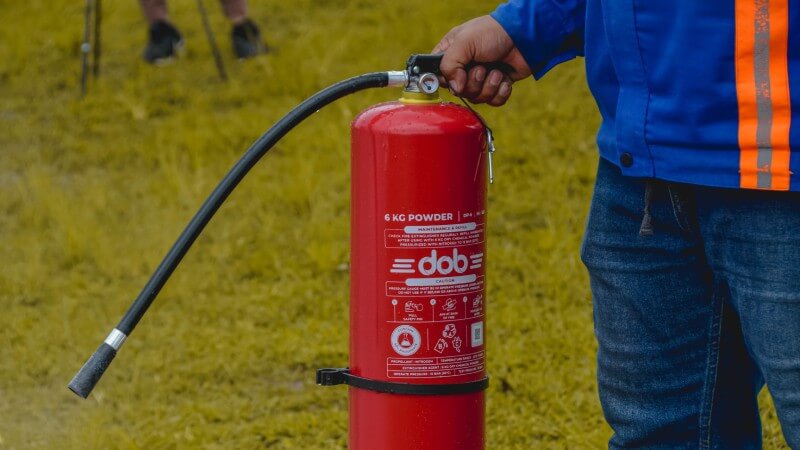
The PASS Method: A Long-standing Acronym to Remember
In the realm of fire safety, the PASS method stands as a beacon of simplicity and effectiveness. It’s a long-standing acronym that encapsulates the four essential steps to operate most fire extinguishers correctly. If you ever find yourself in a situation where you need to use one, remember these steps:
- Pull the safety pin: This action breaks the tamper seal and allows you to discharge the extinguisher.
- Aim low at the base of the fire: Targeting the fire’s source is crucial. Aiming high or at the flames won’t be as effective.
- Squeeze the handle: This releases the extinguishing agent. Depending on the type of extinguisher, this could be a dry chemical, dry powder, carbon dioxide, or another agent.
- Sweep from side to side: Ensure you cover the entire area of the fire, moving the extinguisher nozzle back and forth until the fire is completely extinguished.
Common Fire Extinguisher Mistakes: What Not to Do
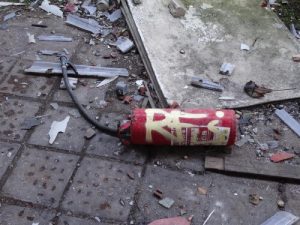
While the PASS method simplifies the process, there are common mistakes that can hinder the effectiveness of your firefighting efforts:
- Not aiming the extinguisher nozzle correctly: As emphasized in the PASS method, always aim low. Aiming at the flames instead of the base can result in the fire not being fully extinguished.
- Ignoring the risk if a fire re-ignites: Even if you think the fire is out, stay alert. Fires can re-ignite, especially if not all fuel sources were addressed.
- Not regularly reviewing how to properly operate a fire extinguisher: Just like any skill, refreshing your knowledge can make all the difference in an emergency.
Remember, while fire extinguishers are invaluable tools, they’re not a replacement for professional help. If a fire progresses and becomes too large or if there’s the slightest doubt about your safety, evacuate immediately and call your local fire department. Your safety and the safety of those around you should always be the top priority.
Understanding Fire Safety Essentials
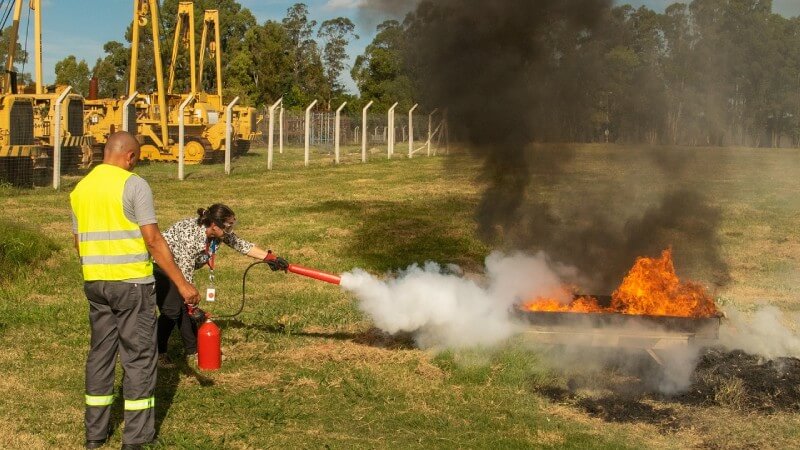
In the realm of fire safety, understanding the tools and techniques at your disposal is paramount. Let’s delve deeper into some essential aspects:

- Portable Fire Extinguishers: These are versatile tools that can be easily moved and used in various locations. They’re especially handy for immediate response to small fires before they escalate.
- Fire Alarm: This is your first line of defense. A fire alarm alerts you of an actual fire, giving you precious time to either tackle the fire or make a safe exit.
- Aiming the Fire Extinguisher: Always ensure the fire extinguisher aimed at the base of the fire. This is where the fire feeds from, and targeting this area can help in effectively putting it out.
- Types of Fires: Not all fires are the same. Household fires fall into different categories, and knowing which extinguish class a fire belongs to can help in using the right fire extinguisher.
- Extinguishing Fires: Once a fire is extinguished, ensure it’s completely out. An extinguished fire that re-ignites can be more dangerous than one that’s been burning continuously.
- Safety First: In the event of a fire, your priority should be to keep your family safe. If a fire progresses beyond control, evacuate immediately, ensuring you have multiple exit options nearby.
- Chemical Reactions: Some fires, especially those involving chemicals, can result in dangerous reactions. It’s essential to know the type of fire you’re dealing with.
- Prevention: Most household fires can be prevented. Regularly review areas like the kitchen sink, fuse boxes, and electrical outlets to ensure there’s no faulty wiring or other hazards.
- In Case of Doubt: If you’re in the slightest doubt about whether you can handle a fire, don’t risk it. Call your local fire department and ensure everyone’s safety.
Remember, the key to effective fire safety is not just having the tools but knowing how to use them properly. Regular training and awareness can make all the difference in an emergency.
Advanced Firefighting Techniques and Precautions
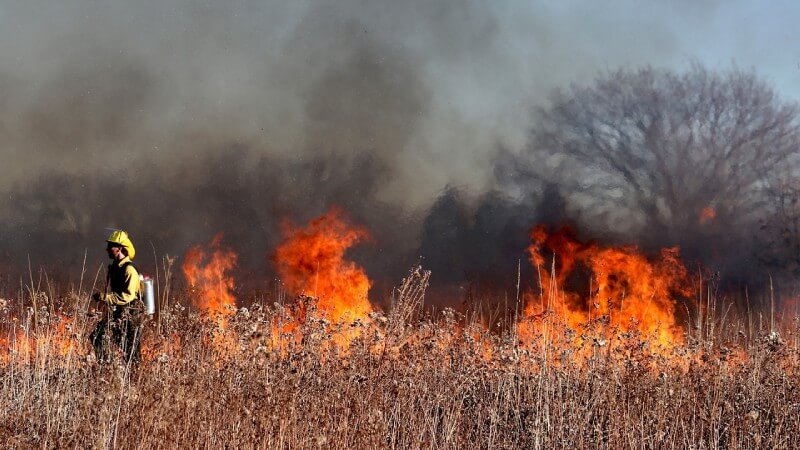
Types of Fires and Appropriate Extinguishers
Understanding the nature of the fire you’re dealing with is paramount. Different fires require different firefighting approaches, and using the wrong type of extinguisher can be ineffective or even dangerous. Here’s a breakdown:
- Class B fires: These are fires fueled by flammable liquids such as gasoline, oil, and paint. They don’t involve cooking oils or fats, which fall under a different category.
- Class C fires: Electrical fires fall under this category. They originate from faulty wiring, fuse boxes, or any electrical equipment. It’s crucial to remember never to use water on these fires as it can lead to electrocution.
- Class K fires: A common household threat, these fires are caused by cooking oils, animal fats, and vegetable fats. They’re particularly dangerous because of the high temperatures they can reach and their ability to re-ignite even after being extinguished.
Safety Precautions
While knowing how to use a fire extinguisher is essential, it’s equally vital to understand when and how to prioritize personal safety:

- Ensuring a safe evacuation path: Before attempting to put out a fire, always ensure there’s a clear exit behind you. This provides a safe evacuation path if the fire becomes uncontrollable.
- When to evacuate immediately: If the fire is too large, if it’s spreading rapidly, or if you have the slightest doubt about your ability to control it, it’s time to evacuate. Remember, possessions can be replaced; lives cannot.
- The importance of having multiple exit options nearby: Fires can be unpredictable. Having multiple exit options ensures you can quickly and safely leave the area if one path becomes blocked.
In the face of a fire, it’s natural to feel a mix of panic and adrenaline. But with the right knowledge and precautions, you can make informed decisions that prioritize safety and effectively combat the blaze. Regularly review these techniques and ensure your household or workplace is equipped with the right fire extinguishers for potential fire hazards.
Maintenance, FAQs, and Conclusion
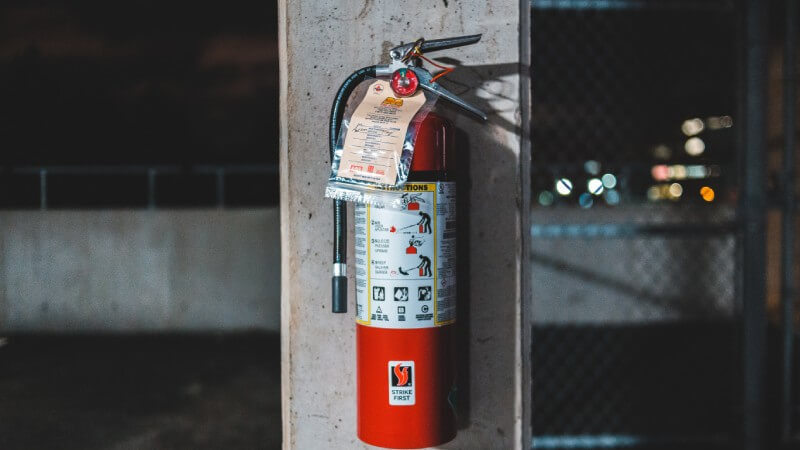
Fire Extinguisher Maintenance
Maintaining your fire extinguisher is as crucial as owning one. An extinguisher that doesn’t work during an emergency is as good as not having one at all. Here’s what you need to know:
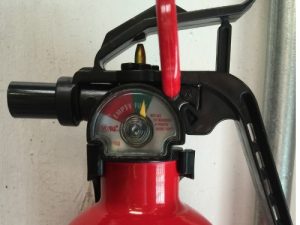
- Checking the pressure gauge: This is the first step in ensuring your extinguisher is in working condition. The needle should be in the green zone, indicating it’s charged and ready for use.
- Importance of regular reviews and maintenance: Just like you’d service your car, your fire extinguisher needs regular checks. This ensures it’s operational when you need it the most and extends its lifespan.
FAQs
How often should I check my household fire extinguishers?
Most household fire extinguishers should be checked monthly and serviced annually. This ensures they’re always in optimal condition.
What should I do if my fire extinguisher is collecting dust or has a broken tamper seal?
Cleanliness and integrity are vital. If your extinguisher is collecting dust, clean it. A broken tamper seal might indicate potential tampering or that it’s been used. Consult with your local fire department or a professional for guidance or replacement.
Why is it crucial to aim low when using a fire extinguisher?
Fires feed from their base. Aiming low targets the base of the fire, ensuring you’re attacking the fire’s source, making your efforts more effective.
Why is it important to ensure the fire extinguisher is aimed correctly?
Properly aiming the fire extinguisher at the base of the fire ensures that the extinguishing agent effectively targets the source of the flames. If the fire extinguisher is aimed too high, it might not suppress the fire effectively.
What does it mean to “discharge” an extinguisher?
To “discharge” an extinguisher means to release or spray out the extinguishing agent contained within it. It’s crucial to know how to properly discharge extinguishers to effectively combat fires.
What should I do if a fire breaks out in a confined fire area?
In a confined fire area, it’s essential to ensure you have a clear evacuation path. If the fire is small and manageable, you can use a fire extinguisher, following the PASS process. If not, evacuate immediately and call for help.
Can I use a fire extinguisher on a small fire?
Yes, fire extinguishers are designed to tackle small fires. However, it’s crucial to ensure you’re using the right type of extinguisher for the fire category and that you’ve been trained in its use.
How do chemical reactions impact the spread of fires?
Certain fires, especially those involving chemicals, can lead to unpredictable chemical reactions. These reactions can intensify the fire or produce toxic fumes, making it even more crucial to handle them with care and knowledge.
I’ve come across a fire that was earlier identified as small but has now spread. What should I do?
If a fire that was earlier identified as small has spread, it’s essential to prioritize safety. Evacuate the area immediately, ensuring you have multiple exit options, and call the fire department.
What is the PASS process when using a fire extinguisher?
The PASS process stands for Pull the pin, Aim low at the base of the fire, Squeeze the handle, and Sweep from side to side. It’s a standardized method to ensure the effective use of fire extinguishers.
How do I know which fire extinguisher to use for different fires?
Fires are categorized into different classes based on their source. It’s essential to know the following categories: Class A (ordinary combustibles), Class B (flammable liquids), Class C (electrical equipment), and so on. Each category requires a specific type of fire extinguisher.
Conclusion
Being prepared isn’t just about having the tools but knowing how to use them. Fire emergencies can be daunting, but with the right knowledge and regular training sessions, you can ensure the safety of your family and property.
It’s not just about reacting to fires but preventing them. Regular maintenance, awareness sessions, and understanding the basics of firefighting can make all the difference in a crisis. Remember, it’s always better to be safe than sorry.
